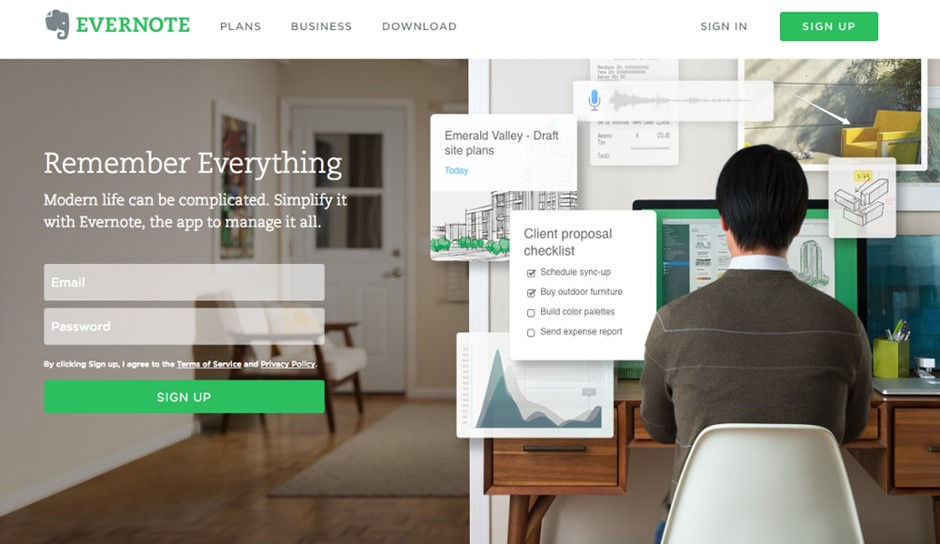Lead Generation Marketing Basics
- robwdiehl

- Aug 22, 2019
- 3 min read
For my B2B clients, lead generation is a critical part of our marketing initiatives, and as a result it is something I focus on every day. The goal of this article is to cover the basics of lead generation marketing to give you a foundation to build on.
What is a Lead?

I like to think of a lead as an individual who has raised their hand to say to a company, “Hey, I’m interested in your product or service.” As a result, a lead will hear from a company because they have opened a line of communication with them through their demonstrated interest. The concept is that because this line of communication through interest has been opened, the customer will be much warmer to hearing from a business than they would if it was just a cold call.
Here is a great example: perhaps you filled out an online survey about your experience at a local sporting event. If you received an email from the team that produced the survey about future games and special offers, it would be much less intrusive and irrelevant than if they cold called you without knowing if were even a fan.
What is Lead Generation?
Lead generation is the process of attracting potential customers and converting them into someone who has raised their hand to say, “Hey, I’m interested in your product or service.” Some common examples of lead generation tactics include live events, special offers, blogs, or other types of online content.
Why Do You Need Lead Generation?
Lead generation is a way of warming up a customer and building an organic rapport with them to put them on a path to eventually buying your product or service. What’s important is that it is a mutual relationship rather than unwanted calling or emailing. In a way, it sounds a lot like my University dating experience.
How To Generate Leads
By now you should have a grasp on how lead generation works but you may be asking yourself how do you put it into practice? These three common tactics are a great place to start.
1. Call To Action (CTA) – This is simply a message, button, or image that motivates a website visitor to take some sort of action. The important part is to ensure that your CTA grabs the visitor’s attention and motivates them to click on it. It needs to be both visually appealing, and needs to include persuasive content as well.
2. Landing Pages – Your CTA should take your visitor to a landing page, which is a web page that is designed with the purpose of collecting the visitors contact information in exchange for something of value. Whatever piece of value you offer, you need to make it good enough that someone is going to provide you with their personal information.
3. Contact Forms – Your contact form should include a field for all of the important information you are looking to collect (although, you should ensure you’re not asking for too much info). Once a visitor fills out and submits the form, they become a new lead for your business.
To piece this all together, a website visitor clicks on a CTA, which takes them to a landing page where they will fill out a form based on your value offer, and they then become a lead.
Examples
Let’s take a look at some great examples in practice:
1. Evernote – Website
Evernote has done a great job with this page on their website. Visitors immediately understand what the message is as soon as they arrive. The design is engaging, and visitors can easily see the benefits of the product.

2. Blog – Officevibe
This combo CTA/Form was used on a blog post. It’s simple and eye catching in appearance, and the offer matched the content of the article I was reading.

3. Social Media – Thistle
Outside of the eye-catching image, what I like the most about this sponsored Facebook ad from Thistle is the language used for the CTA. It’s important to choose these wisely, as the difference between “Sign Up”, “Contact Us”, or “Learn More” can make a huge difference in getting the customer to click.

Summary
This article should have set you on the path to understanding lead generation marketing. Remember, these are just the basics, and should serve as a foundation to start building your campaigns. It’s important to work closely with your sales team to ensure you are generating quality leads. Lastly, I recommend that you always be reviewing, measuring, and modifying your lead generation tactics based on the data you collect. The more refined your processes become, the more you’ll improve lead quality and increase revenue for your business.






Comments